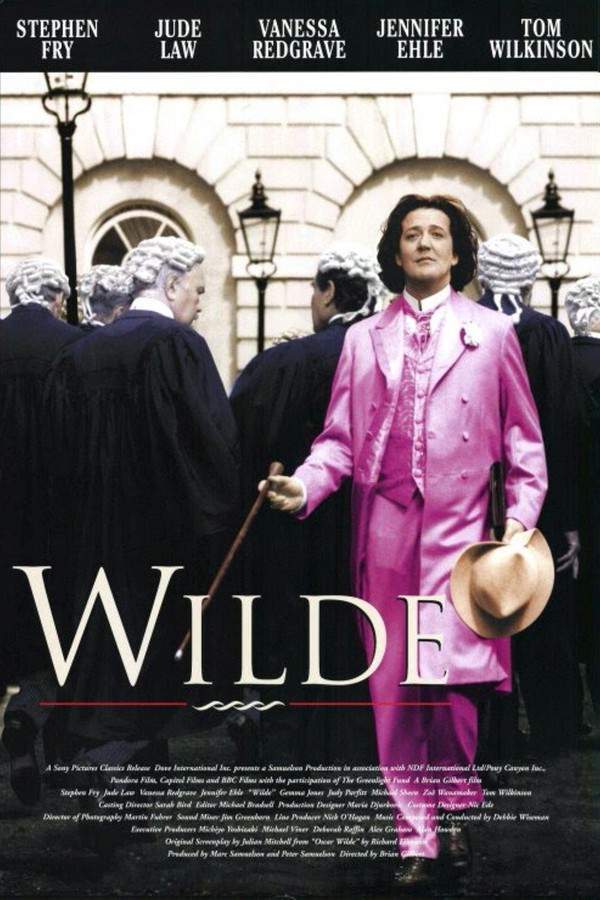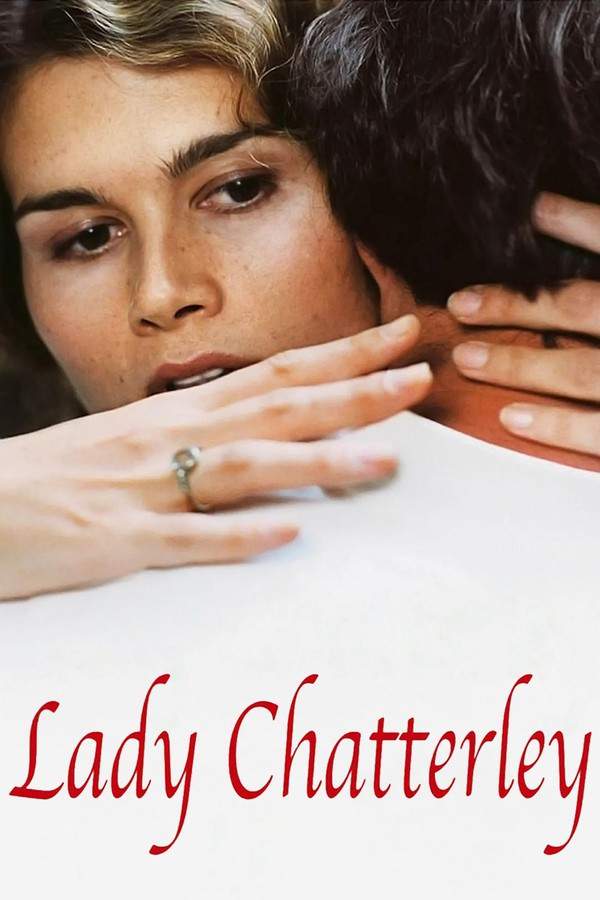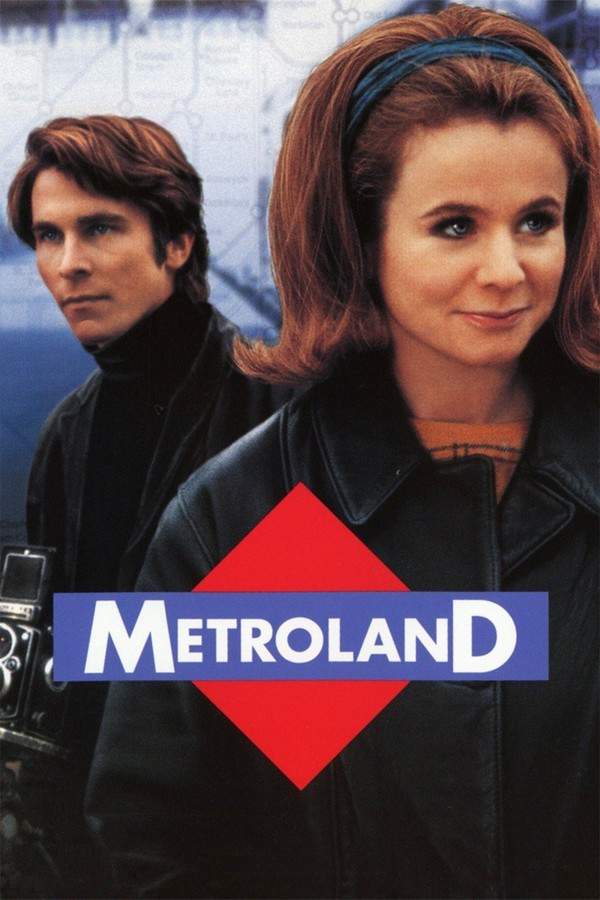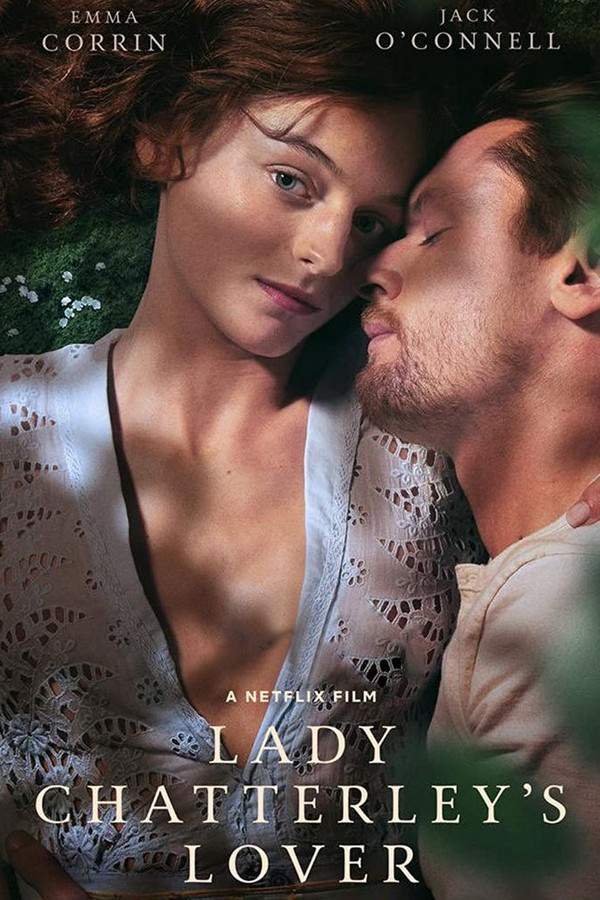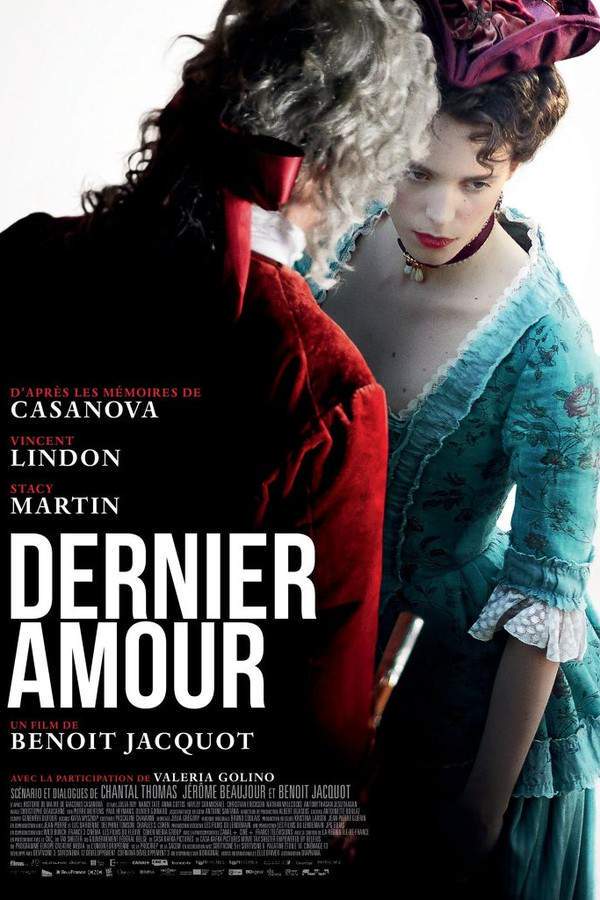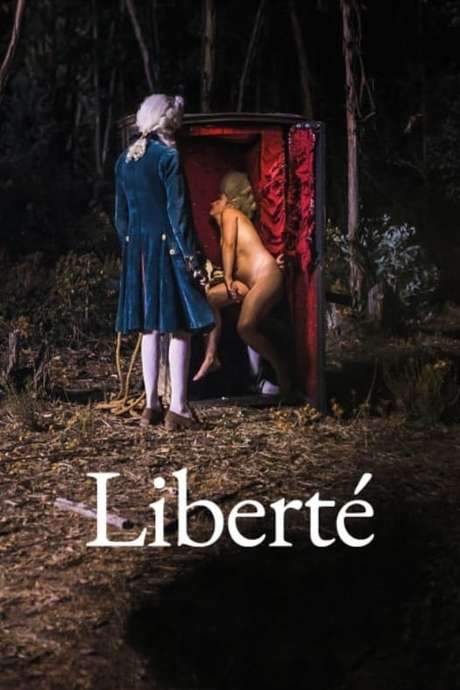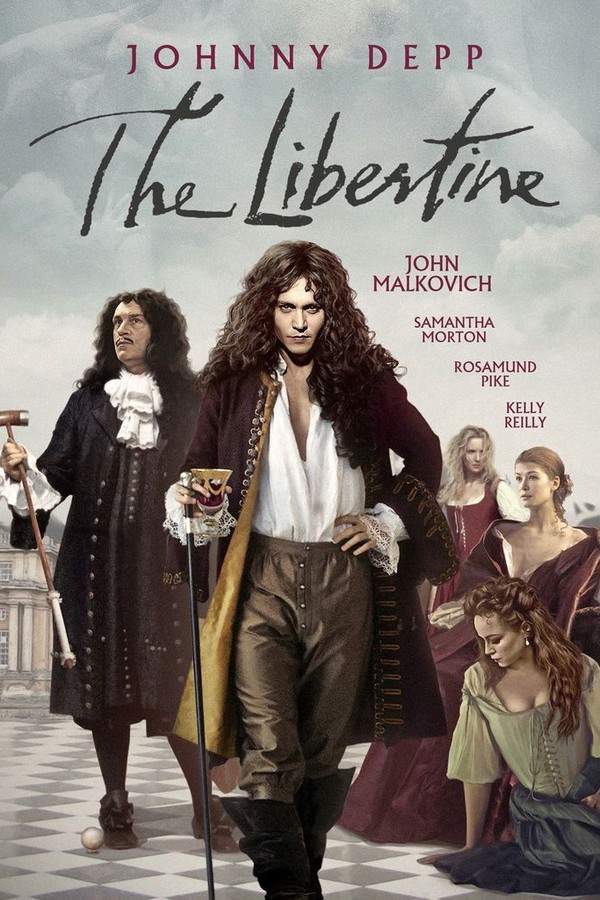
The Libertine
Year: 2005
Runtime: 114 min
Language: English
Director: Laurence Dunmore
The story follows John Wilmot, Earl of Rochester, a notorious figure known for his extravagant lifestyle and numerous romantic relationships. Commissioned by King Charles II to write a play, Rochester’s sharp wit and satirical observations lead him on a challenging journey. He confronts difficult choices as he balances personal freedom with the constraints of loyalty and the court's expectations, navigating a world of power, pleasure, and peril.
Warning: spoilers below!
Haven’t seen The Libertine yet? This summary contains major spoilers. Bookmark the page, watch the movie, and come back for the full breakdown. If you're ready, scroll on and relive the story!
The Libertine (2005) – Full Plot Summary & Ending Explained
Read the complete plot breakdown of The Libertine (2005), including all key story events, major twists, and the ending explained in detail. Discover what really happened—and what it all means.
In 1675, Johnny Depp portrays John Wilmot, Second Earl of Rochester, delivering a vivid prologue that lays bare the man’s indulgent appetites: a fondness for drink, a restless sexual energy, and a biting contempt for the people who fill the audience around him. This opening sets a roguish, sardonic tone that will thread through his rise, his misadventures, and his ultimate decline.
Back in London, the political wheel turns in Rochester’s favor when King Charles II, John Malkovich, withdraws the Earl’s banishment because the crown has a use for him in the House of Lords. The earl reconnects with his notorious “Merry Gang”—George Etherege and Charles Sackville—in a bawdy venue that hums with conniving wit and drunken bravado. A chance street encounter with Alcock, a clever but unscrupulous thief, leads Rochester to hire him as his gentleman, expanding his circle of temptation and deceit. The Merry Gang also introduces a fresh, dangerous recruit, an 18-year-old named Billy Downs, whose presence carries its own set of risks. Rochester warns Downs in no uncertain terms: “Young man, you will die of this company,” signaling the perilous lure of the life he now advocates.
Their troupe attends a theater where the actress Elizabeth Barry is booed off the stage, dismissed when she refuses to take a curtain call, and subsequently fired. Rochester sees in Barry a rare talent and engineers her re-employment with the company. He takes on the role of mentor, coaching her in the craft of acting, and her abilities surge as a result. Under his tutelage, Barry delivers a performance of striking brilliance in her next production, a transformation that draws the attention of the court. The King, watching closely, hints at a dual purpose: he desires Barry to become a spy of sorts, to observe Rochester as he works toward a grand tribute to the French Ambassador. The intrigue thickens as power, art, and desire intersect behind the scenes.
Charles, seeking funds from France and craving a public monument to his reign, asks Rochester to craft a play in honor of the ambassador’s visit. Rochester rises to the challenge, composing Sodom, or the Quintessence of Debauchery, a scorching satire that he insists is “a monument to Charles”—the very thing the king requested, albeit delivered through a lens of sharp satire and biting audacity. The premiere becomes a volatile confrontation when the king interrupts the performance and confronts Rochester onstage, leaving the audience in stunned silence. Rochester flees London in the wake of the confrontation, a legacy of scandal trailing behind him.
Tension escalates as Downs is mortally wounded in a sword fight outside a constable’s residence, and Rochester, standing apart from the scene, whispers a rueful, regretful line: “I told you.” The earl’s life begins to spiral as he hides from the king in the English countryside, burdened by the physical toll of syphilis. He peddles phony gynecological “treatments” for women, marketing “potions” distilled from Alcock’s urine, a grotesque symbol of his decline and the scams that have become entwined with his fame. His face soon bears the marks of syphilitic gummata, and he disguises his deformity beneath a mask. Charles eventually tracks him down, but the punishment is severe in its restraint: the king’s verdict is that “the worst punishment possible is to simply ‘let you be you.’” Rochester returns to his estate and his wife, Elizabeth, who declares her enduring love for him, even as he remains haunted by what he has become.
Political drama intensifies as Charles’s choice of heir—the Roman Catholic James, Duke of York—sparks a heated parliamentary showdown over the Exclusion Bill. Rochester, who arrives in the Lords with the aid of disguises and artificial aids (make-up and a silver nose tip) to mask his symptoms, strides in hobbling on two canes. His fierce denunciation of the bill wins the king’s approval when the measure is defeated, illustrating how Rochester’s talents—fierce rhetoric and fearless honesty—still hold sway in the political arena, even as his body weakens. A dramatic revelation arrives in the talk of the theater: Rochester confesses a desire to make Elizabeth Barry his wife, only to discover she never desired to become anyone’s wife in the traditional sense. She reveals a secret of her own—the existence of a daughter she had with Rochester, a child whom he did not know existed, named Elizabeth.
Rochester returns to his estate to confront the physical and emotional toll of years of excess. He ends up bedridden, cared for by Elizabeth and his mother, as a priest is brought in to “bring God to him,” a final attempt to anchor his soul as he fights the encroaching end. Alcock remains a shadow in the background of these last chapters, a reminder of the morally ambiguous networks that sustained Rochester’s life. In his final hours, Rochester asks the priest to recite a passage from Isaiah, chapter 53, and begs Elizabeth to recount the story of how she was abducted when she was eighteen and how they fell in love, a memory thatTestifies to a complicated, intertwined history of romance, power, and risk.
Rochester’s death is followed by a haunting image: Elizabeth Barry stepping into the role of his wife in Etherege’s Man of Mode, a meta-theatrical echo of Rochester’s own life and the public theater that surrounded him. The epilogue fades into a candlelit hush, with Rochester slipping toward darkness and murmuring a final, intimate question that lingers in the air: Do you like me now?
Throughout, the film blends sharp social satire with intimate portraits of longing, friendship, ambition, and self-destruction. It tracks Rochester’s ascent among the Merry Gang, his high-stakes literary gambits, his volatile relationship with Elizabeth Barry, and his inexorable slide into physical decay and moral ambiguity. The result is a portrait of a man who could wield social influence with dazzling wit while also becoming a casualty of the very milieu he helped promote, leaving behind a scattered, controversial legacy that continues to spark discussion about art, power, and desire.
Last Updated: October 09, 2025 at 15:40
Unlock the Full Story of The Libertine
Don't stop at just watching — explore The Libertine in full detail. From the complete plot summary and scene-by-scene timeline to character breakdowns, thematic analysis, and a deep dive into the ending — every page helps you truly understand what The Libertine is all about. Plus, discover what's next after the movie.
The Libertine Timeline
Track the full timeline of The Libertine with every major event arranged chronologically. Perfect for decoding non-linear storytelling, flashbacks, or parallel narratives with a clear scene-by-scene breakdown.

Characters, Settings & Themes in The Libertine
Discover the characters, locations, and core themes that shape The Libertine. Get insights into symbolic elements, setting significance, and deeper narrative meaning — ideal for thematic analysis and movie breakdowns.

Similar Movies to The Libertine
Discover movies like The Libertine that share similar genres, themes, and storytelling elements. Whether you’re drawn to the atmosphere, character arcs, or plot structure, these curated recommendations will help you explore more films you’ll love.
Explore More About Movie The Libertine
The Libertine (2005) Scene-by-Scene Movie Timeline
The Libertine (2005) Movie Characters, Themes & Settings
The Libertine (2005) Spoiler-Free Summary & Key Flow
Movies Like The Libertine – Similar Titles You’ll Enjoy
Dangerous Liaisons (2022) Full Summary & Key Details
Wilde (1998) Story Summary & Characters
Lady Chatterley (2007) Story Summary & Characters
Metroland (1999) Complete Plot Breakdown
Lady Chatterley's Lover (2022) Complete Plot Breakdown
Casanova, Last Love (2021) Complete Plot Breakdown
Liberté (2019) Ending Explained & Film Insights
Liberated (2003) Story Summary & Characters
The Principles of Lust (2003) Movie Recap & Themes
The Wicked Lady (1983) Ending Explained & Film Insights
Lady Libertine (1984) Film Overview & Timeline
The Naked Countess (1971) Full Movie Breakdown
The Secret Sex Lives of Romeo and Juliet (1969) Detailed Story Recap
Women in Love (1969) Ending Explained & Film Insights
Private Vices, Public Virtues (1976) Story Summary & Characters




